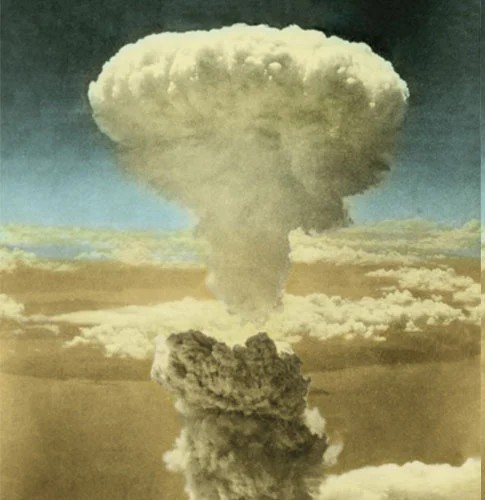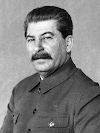
Introduction: The Dawn of the Nuclear Age
The atomic bomb, also known as the nuclear bomb, is one of the most destructive weapons ever created. Its development marked the beginning of the nuclear age, changing warfare, politics, and science forever. This post explores the invention, testing, and impact of atomic bombs—from the scientists who built them to the devastating consequences of their use.
Who Invented the Atomic Bomb?
The atomic bomb was developed under the Manhattan Project, a top-secret U.S. military program during World War II. Key scientists involved included:

1. J. Robert Oppenheimer (1904–1967) – "Father of the Atomic Bomb"
v Theoretical physicist who led the Los Alamos Laboratory.
v Oversaw the bomb’s design and testing.
v Famously quoted the Bhagavad Gita after the
first test: "Now I am become Death, the destroyer of worlds."

2. Enrico Fermi (1901–1954) – Creator of the First Nuclear Reactor
v Conducted the first controlled nuclear chain reaction (1942).
v Crucial in developing plutonium-based bombs.

3. Albert Einstein (1879–1955) – Warned About Nuclear Weapons
v Did not work directly on the bomb but signed the Einstein-Szilárd
Letter (1939) urging the U.S. to develop atomic weapons before Nazi
Germany.
4. Other Key Scientists
v Leo Szilárd – Conceived the nuclear chain reaction.
v Edward Teller – Later worked on the hydrogen bomb.
v Niels Bohr – Contributed to nuclear fission theory.

Why Was the Atomic Bomb Created?
1. Fear of Nazi Germany
v Scientists feared Hitler would develop nuclear weapons first.
v German scientists (like Werner Heisenberg) were
researching fission.
2. The Manhattan Project (1942–1946)
v Launched by President Franklin D. Roosevelt.
v Cost: $2 billion (equivalent to $25 billion
today).
v Employed 130,000+ people across secret
facilities.
3. Two Types of Bombs Developed
- "Little Boy" (Uranium-235 Bomb) – Simpler design, untested before use.
- "Fat Man" (Plutonium-239 Bomb) – More complex, tested first.

First Atomic Bomb Test: Trinity (July 16, 1945)
v Location: Alamogordo, New Mexico (Jornada del
Muerto desert).
v Explosive Power: ~20 kilotons of TNT.
v Effects:
ü
Massive fireball visible
for 200 miles.
ü
Mushroom cloud
reached 7.5 miles high.
ü
Sand turned into green
glass (Trinitite) from extreme heat.
v Oppenheimer’s Reaction: "It worked."
Atomic Bombs Used in War: Hiroshima & Nagasaki (1945)
1. Hiroshima – August 6, 1945 ("Little Boy")
v Target: Industrial/military city in Japan.
v Casualties: ~140,000 dead by end of 1945.
v Destruction: 70% of buildings destroyed.
2. Nagasaki – August 9, 1945 ("Fat Man")
v Target: Mitsubishi arms factories.
v Casualties: ~74,000 dead by end of 1945.
v Japan Surrendered: August 15, 1945 (V-J
Day).

Impact of the Atomic Bomb
1. Immediate Effects
v Firestorms reaching 3,000°C (5,400°F).
v Radiation sickness killing thousands weeks later.
v Shockwaves leveling buildings for miles.
2. Long-Term Consequences
v Nuclear Arms Race (U.S. vs. Soviet Union in Cold
War).
v Mutually Assured Destruction (MAD) doctrine.
v Nuclear Proliferation (9 countries now have nukes).
3. Ethical Debates
v Was it necessary to end WWII?
v Could Japan have surrendered without it?
v Moral responsibility of scientists.
Conclusion: The Legacy of the Atomic Bomb
The atomic bomb changed warfare, geopolitics, and science forever. While it ended WWII, it also introduced the threat of global annihilation. Today, nuclear weapons remain a controversial deterrent, reminding humanity of both its greatest scientific achievement and most terrifying power.






0 Comments